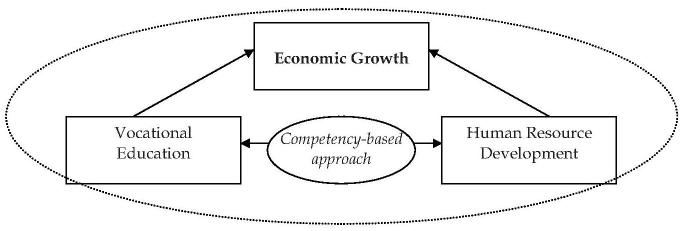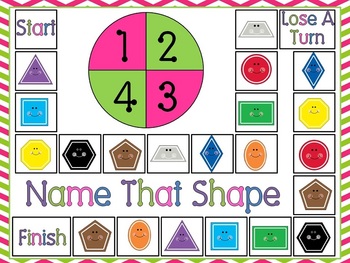
It is important for parents to decide which school their child will attend. Although this decision impacts thousands of Indiana children, each child is different and the best choice may not work for them all. These tips can help you make an informed decision. Every child learns in a different way so the best school might not be the right one for you.
Private schools
There are many private schools across the country. These schools can offer a more personal education, and they can be religiously or culturally-based. In Indiana, some of the best private schools are located in Indianapolis. Here are some ways to find the perfect private school for you child. You should contact the admissions office and arrange a tour. Make sure you ask about transportation options and extracurricular activities. The list below contains private schools in Indiana and their rankings.

Public schools
Blaine Amendment was enacted to safeguard freedom of religion in the U.S. and Indiana is one state that does so. The Constitution guarantees the freedom of religion to be established by a state for its citizens. Indiana spent 30.8% of its budget in 2013 on education. Funding for the school system is provided by the state, and the budget for the entire state's public schools came to $11.4 billion. This figure includes both state funding and private donations.
Charter schools
In Indiana, there are ninety-one public charter schools with more than 40 thousand students. According to The National Alliance for Public Charter Schools, Indiana's 2015-2016 school year saw 91 charter school openings, which accounted for 3.92% of its total public school enrollment. The Indiana General Assembly approved the charter school law in 2001 and the first 11 schools opened in 2002. Nonprofit corporations exempt from tax under 501(c), may only be granted a charter. Charter schools can contract with for-profit education providers for a variety of services such as tutoring and professional development.
Not-for-profit schools
Indiana does not have any non-profit schools. However, some do. The commission oversees public and private institutions. The Indiana Board for Proprietary Education (a 7-member group charged with authorizing these schools and supervising them) is also appointed by the commission. It is also a resource for students and parents who want to attend these schools.

Online MBA programs
Online MBA programs are available in Indiana for many reasons. These online MBA programs are a great way to improve your leadership and management skills. The list of top 15 Indiana online MBA schools is the Best Indiana Online MBA Ranking. These programs provide tools for students to be successful, and also help them grow their network. An online MBA program allows you to improve your subject matter knowledge, learn business management skills, and create change. It is important to choose an online school with strong support systems for students and faculty.
FAQ
What are the differences between early childhood education?
There are many ways that early childhood education can be described. These are the most popular:
-
Preschool - Children ages 2 to 5
-
PreKindergarten - Children ages 4 to 6
-
Head Start/ Headstart for children ages 0-3
-
Day Care/ Daycares- Children aged 0-5
-
Child Care Centers - Children ages 0 to 18
-
Family Child Care - Children from 0-12 Years of Age
-
Homeschooling – Children from KG up to 16
Is there a specific skill required for my chosen profession?
To become a lawyer you will need good writing skills. To be a nurse you need to be able communicate with patients. A strong understanding of math is necessary to become an accountant. These are just some examples. Take a look at all the things that you love doing. What job type will you have that allows you to do those things? If you want to be an engineer, you'll need to learn how to design structures and machines. To be successful in this area, you'll also need to understand basic math. Understanding statistics and numbers is essential to success in business. To be a successful teacher, you will need excellent communication skills. You must be able and willing to help others learn.
How can I apply for college?
There are many different ways to apply to college. Get started by talking to your high-school guidance counselor or admissions representative. Many high schools offer online applications. You can also reach out to local colleges directly. Most colleges will accept online applications through their website.
If you choose to apply via mail, fill out the application. You will also need to write a personal story and attach copies of all documents. You have the opportunity to express why you wish to attend this college and how it will benefit you. This personal statement also helps admissions officers understand your goals and motivations.
You can download sample essays from this website.
Statistics
- Among STEM majors, that number is 83.5 percent. (bostonreview.net)
- These institutions can vary according to different contexts.[83] (en.wikipedia.org)
- Globally, in 2008, around 89% of children aged six to twelve were enrolled in primary education, and this proportion was rising. (en.wikipedia.org)
- They are also 25% more likely to graduate from high school and have higher math and reading scores, with fewer behavioral problems,” according to research at the University of Tennessee. (habitatbroward.org)
- They are more likely to graduate high school (25%) and finish college (116%). (habitatbroward.org)
External Links
How To
What is vocational Education?
Vocational education is an educational program that prepares students to work after high school and college. It teaches them specific skills for specific jobs (such as welding). It also includes on-the-job training in apprenticeship programs. Vocational education is distinct from general education as it focuses more on training individuals for specific jobs than on learning broad knowledge that can be used in the future. Vocational training is not designed to prepare individuals for university but rather to assist them in finding jobs upon graduation.
Vocational education is available at all levels of education, including primary, secondary, high school, college, universities, technical institutes as well as trade schools, community colleges and junior colleges. There are many schools that specialize in specific subjects, such as nursing schools (law schools), medical schools, dental school, veterinary medicine and firefighting schools. Many of these offer both academic instruction, and practical experience.
Over recent decades, there have been significant investments made in vocational education by many countries, including Australia, Denmark (Finland), Germany, Ireland and Japan. The effectiveness of vocational training is still a controversial topic. Some critics argue that it does little to improve students' employability; others argue that it provides useful preparation for life after school.
According to the U.S. Bureau of Labor Statistics 47% of American adults have a postsecondary certificate. This number is higher for those with higher education. 71% of 25-29-year-olds have a bachelor's or higher degree and are employed in areas that require postsecondary credentials.
The BLS reported in 2012 that almost half of all adults had some type of postsecondary credential. One-third of Americans had a two year associate degree. Only 10% held a four-year bachelors degree. One out of five Americans held a master's degree or doctorate.
The median annual wage for individuals with a bachelor's in 2013 was $50,000. This was compared to $23,800 when they had no degree. The median income for those with advanced degrees was $81,300.
For those who did not complete high school, the median wage was only $15,200. Earn $13,000 per annum for those with less high school diplomas.